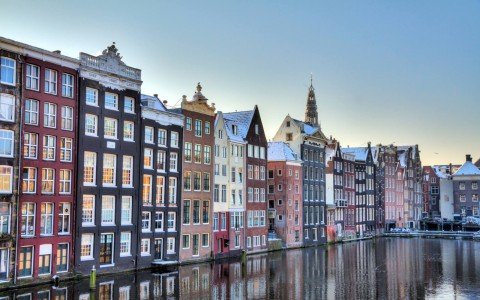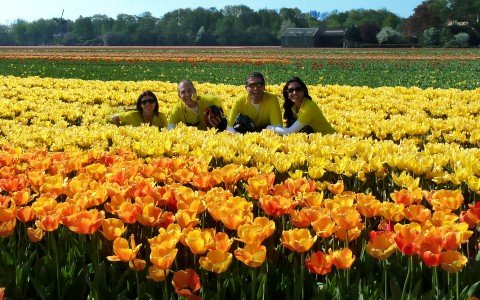In Deep:
A (Brief) History of Zeeland

Prized for its beaches, and rich in history, the Netherlands province of Zeeland exudes a coastal cool that belies its centuries of struggle with the sea.
Struggle and Surface
Until the 1950s, the province consisted of several islands, polders and a small portion of mainland Flanders. It was engaged in constant battle with the sea—the region’s motto translates to, “I struggle and surface.”
Following a disastrous flood in 1953, an elaborate system of dikes and bridges called the Delta Works was built to connect the islands—a system that provides a successful defence against the water.
In earlier times, Zeeland was an endless network of smaller isles. Over the ages, a natural circle of floods and land gain transformed this network into a cluster of bigger islands. From the 13th century onward, citizens started regulating this by building dikes and turning swampy areas into fertile lands, making the isles bigger and also fewer. The islands of Schouwen and Duiveland now form one large island.
See For Yourself
Holland in the spring: the tulips of Keukenhof Gardens bombard the eyes and nose, while The Hague hums with café traffic. Our Holland Biking trip offers a masterpiece for every sense.
DETAILED ITINERARYHowever, Schouwen-Duiveland is no longer actually an island at all, since the Delta Works links the whole of Zeeland. Apart from the dikes, both old and new, there’s more telling evidence of the everlasting struggle against the sea: several villages have medieval churches on so-called “church isles”—small artificial hills that could provide safe haven in times of flood and disaster.
“The Dutch Normandy”

The coast has been inhabited since Roman times—the island of Walcheren was a major Viking settlement in the 9th century, becoming a sort of Dutch Normandy. After this period, the region was an obvious source of dispute between the Count of Holland and the Duke of Flanders. In the end, Holland won, but eventually the whole region became, like Holland, part of the Burgundian territory.

During the Eighty Years’ War, Zeeland maintained its wealth with farming and trade. It also produced some famous names, including Admiral Michiel de Ruyter, and a few pirates and privateers.
The Zeeland provincial government even tried to prevent the treaty of Munster that ended the Dutch Revolt because it would have ended the highly profitable practice of raiding the rich ships of Spaniards and other enemies. The privateers were organized in the so-called WIC (West Indian Company), also known for its part in the slave trade. Indeed, after the 1648 Peace of Westphalia treaty, Zeeland lost much of its importance. It didn’t help that many of its harbours silted up during this period.
MORE FROM Europe + Holland

Meet Henrie and Anton, Sustainable Tulip Farmers of the Netherlands
Holland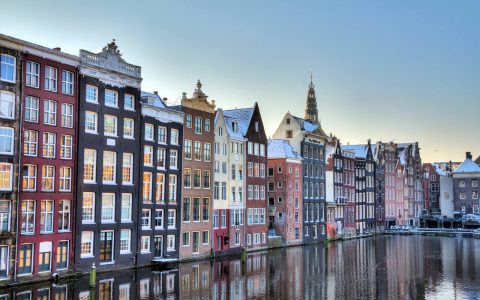
17 Best Museums in Amsterdam
Holland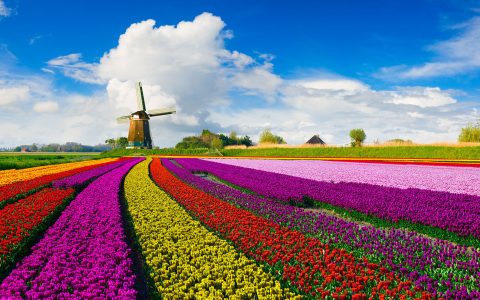
Reading for the Road: A Few of Our Favourite Books About Holland
Holland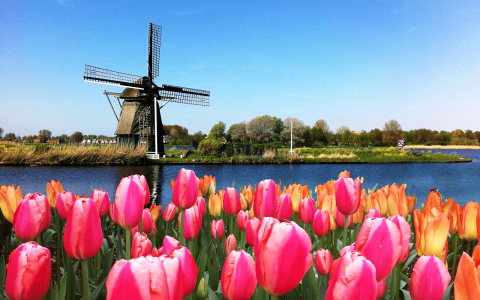
The Best Time to Visit the Netherlands
Holland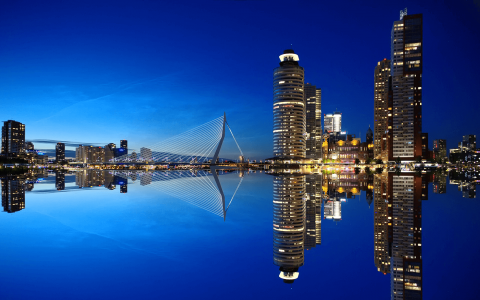
The Futuristic City You Need to Visit Now
Holland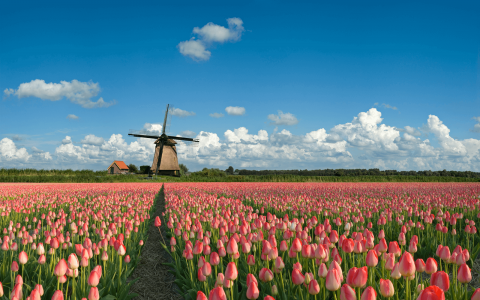
10 of Our Favourite Netherlands Destinations
Holland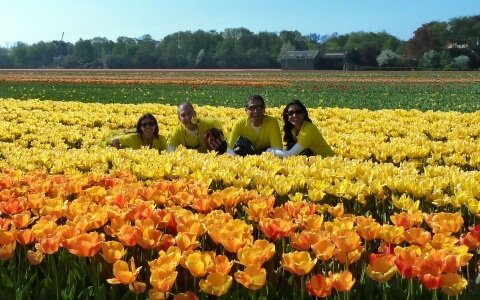
Today’s Travel News and Tips
Holland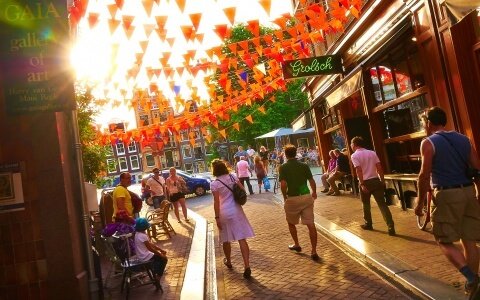
Insider’s Guide: 18 Other Things To Do in Amsterdam
Holland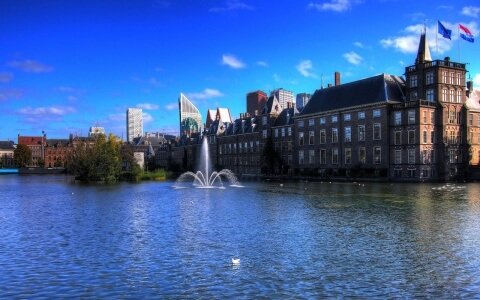
In Deep: The Hague
Holland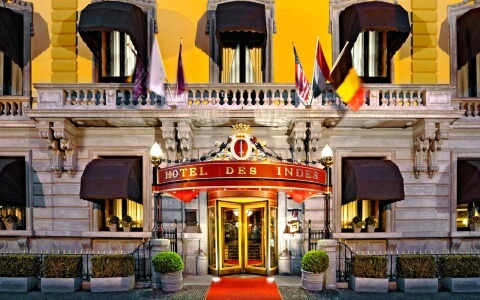
A History of Hospitality: Hotel Des Indes
Holland
Dutch Cuisine: Europe’s Best Kept Secret?
Holland